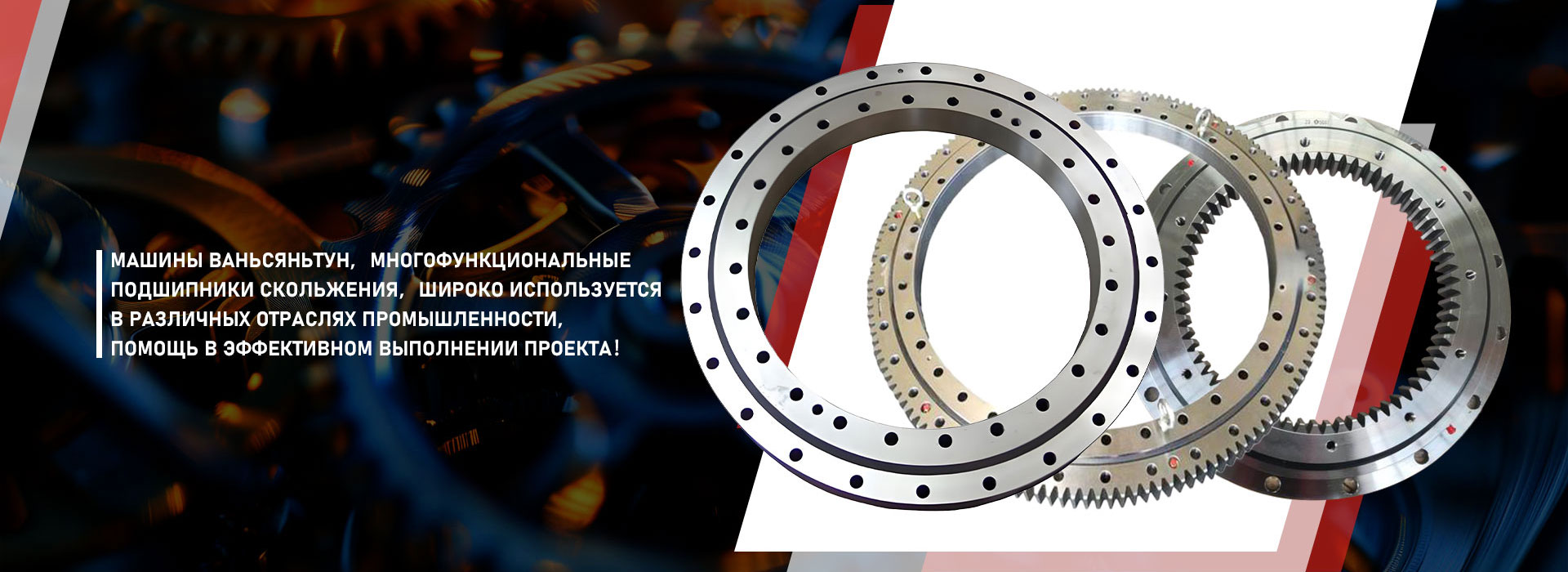
The transfer of the gear
Gear transfer: how this imperceptible assistant works
There are many elements in the mechanics that we people use daily, but often we do not notice. One of such inconspicuous, but most important assistants is the transfer of the gear. It plays a key role in converting the rotational movement. Imagine how the movement is transmitted from the rotating handle to the opening hatch. Or as a rotation of the engine of the machine drives the wheel. Behind all this is the work of gears.
How are the gears arranged and how do they work?
Lives are gear wheels that come into contact with each other, transmitting rotational movement. The teeth on the gears are a key element. They accurately interact, providing smooth energy transmission. The larger the number of teeth, the slower the gear rotates, but with greater strength. Simply put, a gear, which has more teeth, how would it? His power is another gear, providing the desired speed and power of rotation. Various combinations of gears allow you to achieve the necessary speeds and moments.
The advantages of using gears
The use of gears has many advantages. Firstly, they allow you to transfer movement over long distances. Secondly, they provide smooth rotation, reducing jerks and vibrations. Thirdly, using different combinations of gears, the desired ratio between speed and the torque can be achieved. This means that we can use the same energy, but set in motion various mechanisms with different strength and speed. For example, to raise a heavy cargo, a slow, but powerful rotation may be needed, and a quick rotation for rotating the mill.
Where do we meet gears in everyday life?
Lives are an integral part of many devices that surround us. They are found in watches, bicycles, washing machines, cars, industrial machines and even toys. The variety of forms and sizes of the gear reflects the variety of tasks that they perform in everyday life. Thanks to this simple, but effective system, we can perform many actions, without even thinking about exactly how they work.
AppropriateProducts
Corresponding products
The best soldproducts
The best -selling productsConnectedsearch
Related search- Gear wheels production factories in China
- Prices for rotary rings of construction equipment in China
- The main countries for OEM rotary rings for attractions
- Oport -shaped bearing RDK 500
- Cheap manufacturers of the crane musculoskelet
- The best countries-buying countries for processing parts of products in China
- Cheap price for metal processing
- Factories for the production of 5-speed gears of Largus in China
- Suppliers intermediate gear 4 from China
- Chinese plants for the production of sparks for supporting devices














